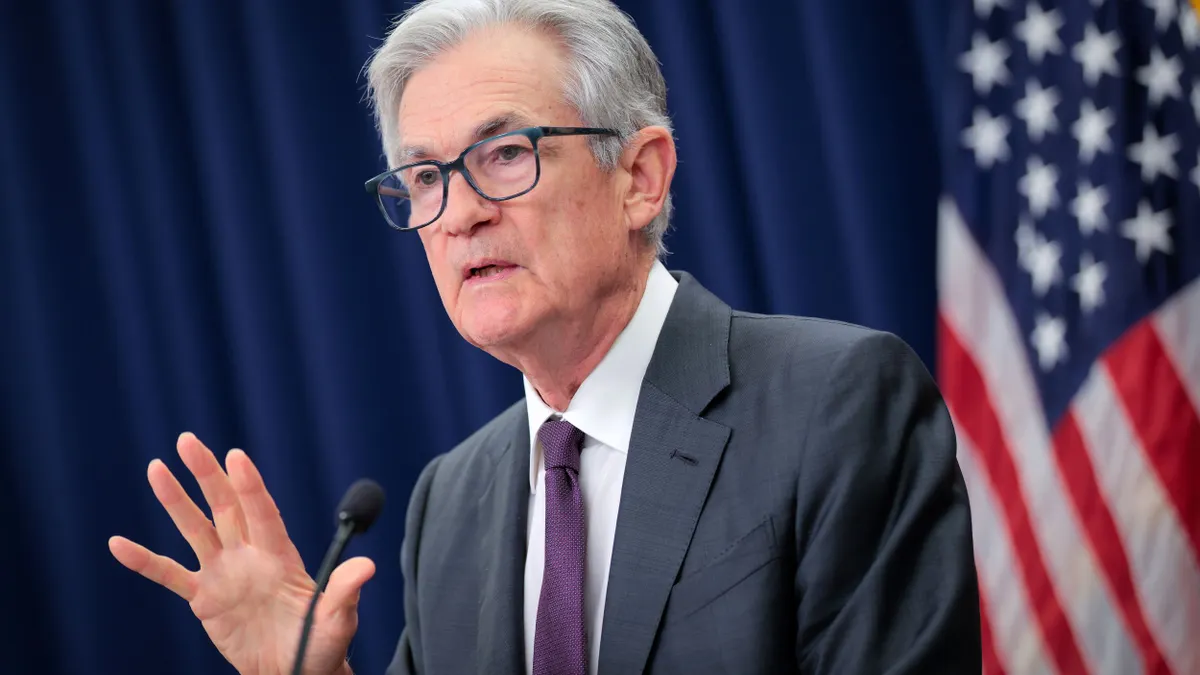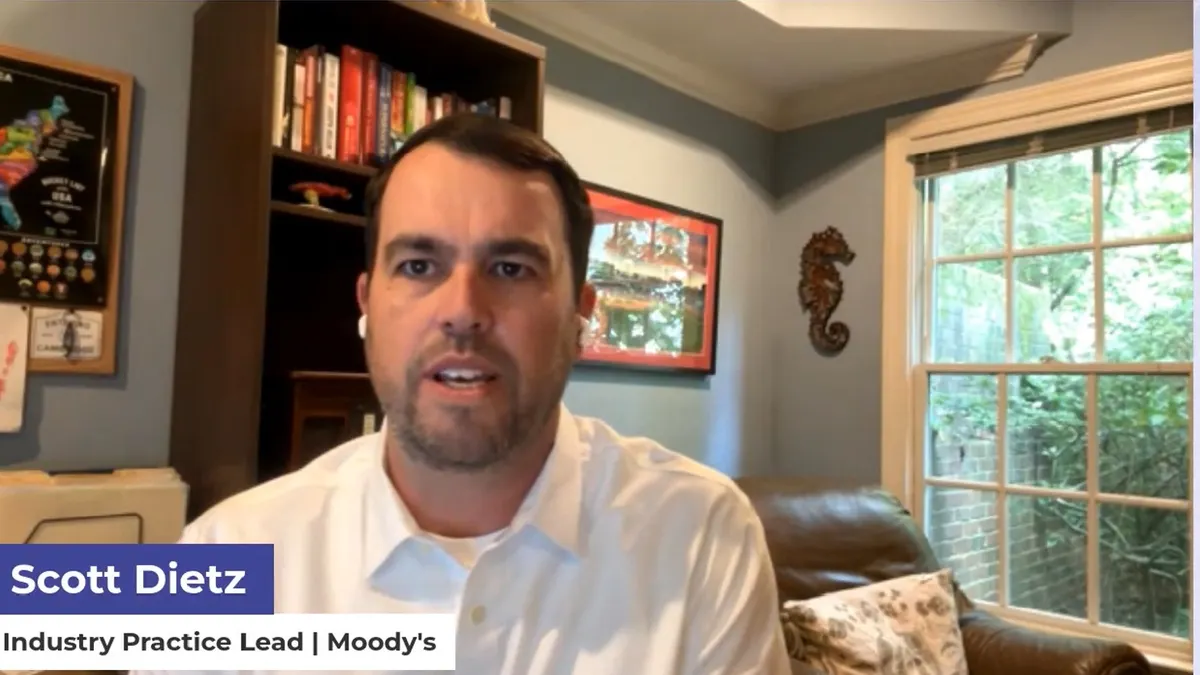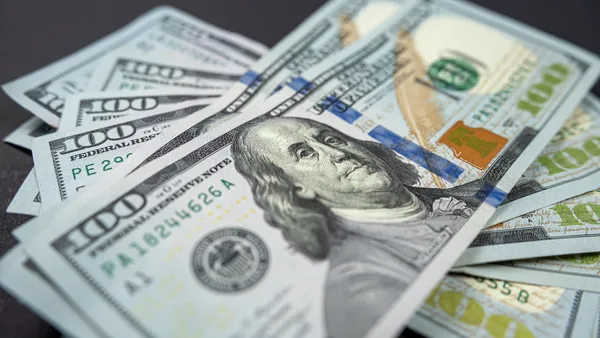Dive Brief:
- Retail sales exceeded forecasts in August and rose 0.6%, increasing for the third straight month despite job market weakness and sagging consumer sentiment.
- Nine out of 13 categories of goods registered gains, with e-commerce sales rising 2% and receipts at clothing stores and sporting goods and hobby shops increasing 1% and 0.8%, respectively, the Commerce Department said Tuesday. July sales were revised up to 0.6% from 0.5%.
- Healthy retail sales spotlight a “slow-hire, slow-fire economy and a robust back-to-school shopping season,” Joseph Brusuelas, chief economist at RSM U.S., said on X. “It's why on the back of a series of soft jobs reports jumping to recession calls is simply premature,” he said, predicting “solid, if unspectacular” economic growth during the third quarter.
Dive Insight:
Following the report on retail sales, the Federal Reserve Bank of Atlanta upgraded its forecast for economic growth by 0.3 percentage point, predicting a 3.4% annualized gain in gross domestic product during Q3.
Consumer spending, which drives roughly 70% of economic growth, has held steady in recent months even amid rising price pressures, a slowdown in hiring, an increase in unemployment to 4.3% and a slump in household confidence.
Spending surged early this year as consumers got a jump on price increases from the highest U.S. tariffs since the 1930s. That trend has waned since May and, in recent weeks, “spending has slowed down modestly,” Apollo Global Management Senior Economist Torsten Sløk said in a note.
Import taxes have dented sales, according to Sløk.
During the week ended Sept. 5, sales fell compared with the 90-day average at stores that sell seven types of goods subject to tariffs, including sports equipment, books, electronics, appliances, clothing and motor vehicles, Sløk said.
Sales of furniture, a large category of imported goods, fell 0.3% last month, the Commerce Department said.
Spending has remained steady for services and goods less vulnerable to tariffs, including at restaurants, hotels, building materials and garden equipment, Sløk said.
The data aligns with recent surveys by the Conference Board and University of Michigan revealing anxiety among consumers that import taxes are fueling price gains.
Indeed, one in four small businesses said tariffs and rising costs have prompted them to increase prices, KeyBank said Tuesday, describing results of a survey of 2,144 small businesses with annual gross revenue of less than $10 million.
Fed officials in recent weeks have expressed less concern about inflation-inducing tariffs and risks to consumer spending and focused more on job market weakness.
Policymakers will probably trim the main interest rate at the conclusion of a two-day meeting on Wednesday, according to traders in interest rate futures.
Traders see 96% odds of a quarter-point reduction from the current range between 4.25% and 4.5%, and 4% odds of a half-point cut, according to the CME FedWatch Tool.














